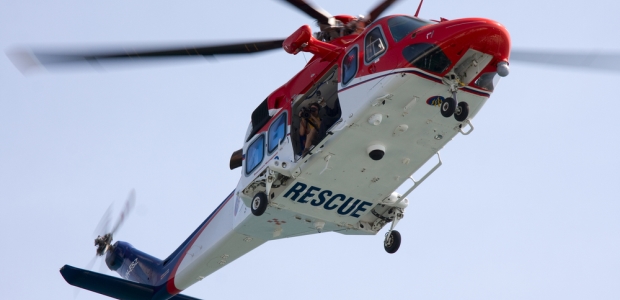
FAA Calls Attention to Helicopter Bird Strikes
According to an Associated Press story, there were 204 reported helicopter bird strikes during 2013, a 68 percent increase from 2009's 121 reports and an increase of more than 700 percent since the early 2000s, according to FAA.
Federal Aviation Officials are calling attention to the growing problem of bird strikes involving civilian helicopters, with an Associated Press report quoting Gary Roach, an FAA helicopter safety engineer, who has called for the creation of an industry committee to consider changing the standards for helicopter design and operation and what technologies could quickly disperse birds in the path of helicopters.
According to the AP story, there were 204 reported helicopter bird strikes during 2013, a 68 percent increase from 2009's 121 reports and an increase of more than 700 percent since the early 2000s, according to FAA.
FAA and the USDA maintain a database of all reported wildlife strikes to U.S. civil aircraft and foreign carriers experiencing strikes in the United States. The agencies have compiled more than 160,000 strike reports from about 1,900 U.S. airports and 290 foreign airports for January 1990 through November 2015, with about 13,700 of those strikes in 2014.
Richard A. Dolbeer, science adviser in the Airport Wildlife Hazards Program, U.S. Department of Agriculture, APHIS Wildlife Services, reported in May 2015 that although the overall number of reported strikes for all aircraft and airport types rose 6.2 fold from 1990 to 2013 (from 1,851 to a record 11,399), the number of strikes indicating damage to the aircraft increased from 340 in 1990 to a peak of 764 in 2000 but then declined by 21 percent to 605 in 2013.